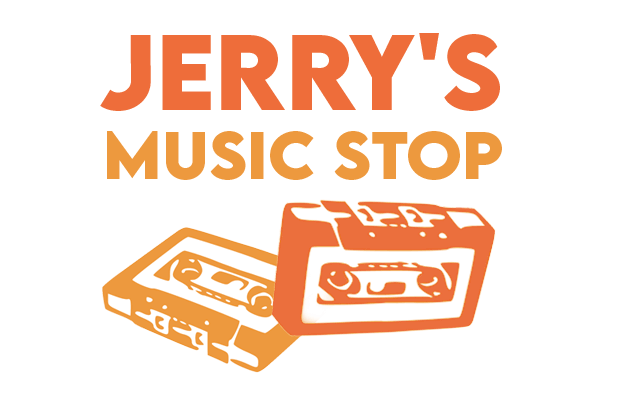The guitar is one of the most versatile musical instruments that can generate different types of sounds. With the different designs and sounds, it can be incorporated into any type of music. From the natural sound of an acoustic guitar to the rocky sound of an electric guitar, Different models just generate different sounds.
There are different factors that affect the sound a guitar produces. Some of them include
- the wood design of the guitar
- And the player’s strumming style.
Technique and instrument understanding are needed to play the guitar correctly. Fingerstyle describes the finger picking technique, where players use their fingers to pluck strings to create a vibration.
The parts of the guitar are categorized into three main parts: the headstock, neck, and the body. The headstock is the top position of the guitar, consisting of tuning pegs and tuners. The neck is the thin part of the guitar containing the fretboard. The body is the largest part of the instrument, consisting of the sound board, sound hole, and bridge.
- A sound board: this is an important part of the body of a guitar that is responsible for generating sounds.
- You know that noticeable hole in the middle of the guitar? That is the sound hole. It enhances vibrations and sounds.
- The Bridge: The bridge holds the end of the guitar strings in place.
Ever heard of the term “scale length”? That is the distance between the sound board and the bridge.
An overview of the guitar’s history
The guitar is said to have originated in Spain around the sixteenth century. Before that time, the lute was the only popular string musical instrument. Older guitars had narrow shapes and four strings, but now the strings can vary.
Types of Guitar
There are different types of guitar, each with their own unique design, style, and sounds. Here are five common types of guitar:
Classical guitar
Also called the Spanish guitar, this musical instrument can be easily identified by its six strings and flat top. The nylon strings of this guitar create a soft and mellow sound.
Classical musicians use this guitar to play bluegrass, folk, and country music.
Acoustic guitar
These guitars are similar to the classical ones. The only difference is that instead of nylon strings, they have steel strings. The steel strings of this guitar create a louder sound. Each type of acoustic guitar has its own shape and design.
Common acoustic guitars are parlor, resonator, and jumbo.
Bass guitar
Since rock music took off in the 1950s, the bass guitar replaced the string bass. The bass guitar has the lowest pitch compared to other guitar types and can be used to play across all music genres: jazz, rock, and bluegrass.
Flamenco Guitar
Similar to the classical guitar, the flamenco guitar was designed mainly to play flamenco music. The guitar is made to produce lively sounds to match the flamenco culture. It consists of a thin top piece and tap plates to match the rhythmic tapping.
Electric Guitar
Compared to acoustic guitars, electric guitars come in flashy designs and require amplification. Unplugged, the electric guitar can create no sound. Popular electric guitar brands are the Gibson Les Paul, Strat, and the Fender Stratocaster.
